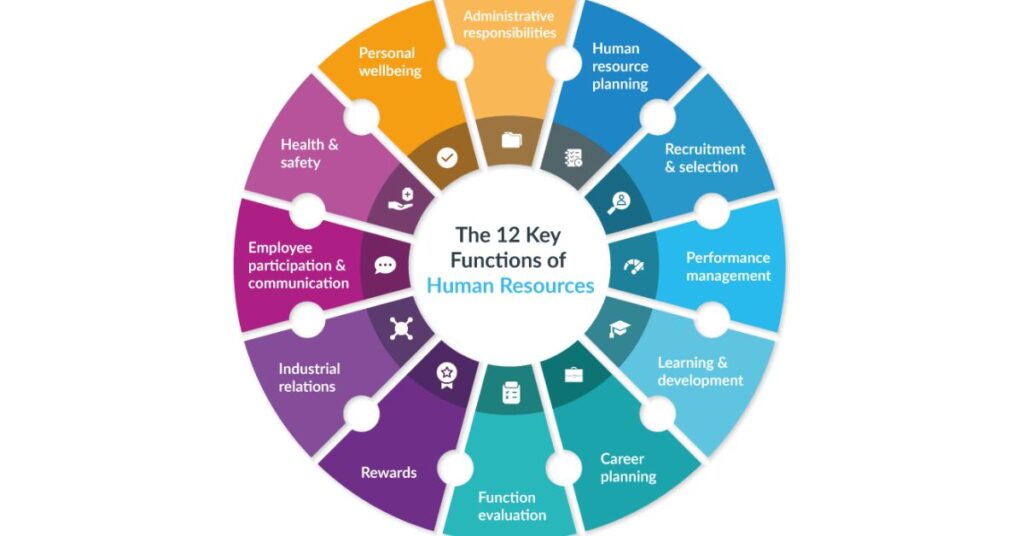Understanding Social Security is crucial for financial planning. Unfortunately myths and misconceptions aboun making it harder to navigate the system confidently.This article Aims to separate fact from fiction and provide a clear compre hensive guide to Social Security In the USA.
What is Social Security?
Social Security is a federal Program that provides a safety net for retirees disabled individuals and survivors of deceased workers. Established in 1935 during The Great Depresion it aims to ensure financial stablity for Americans who can no longer Earn a living. The system is funded through payroll taxes collected under the Federal Insurance Contri butions Act (FICA).
Key Components
Retirement benefits: Monthly payments to retirees who have paid into the system.
Disability benefits: Support for those unable to work due to disability.
Survivor benefits: Financial assistance to the families of deceased workers.

Common Myths About Social Security
Myth 1: Social Security is Going Bankrupt
Many believe Social Security will run out of money soon. However this isn’t entirely accurate. The Social Security Trust Fund holds surplus funds to pay benefits. According to the Social Security Administration (SSA) the trust fund is projected to be depleted by 2034. However even if this happens payroll taxes will still cover about 79% of benefits.
Myth 2: You Can’t Collect if You Never Worked
A widespread misconception is that only those who have worked can receive Social Security benefits. In reality non working spouses and survivors can also qualify. For instance a spouse who hasn’t worked can receive up to 50% of the working spouse’s benefit. Additionally survivor benefits provide financial support to family members of deceased workers.
Myth 3: Claim Benefits as Soon as Possible
Many think claiming benefits at 62 the earliest eligibility age is best. However delaying benefits can significantly increase monthly payments. For example if you wait until full retirement age (around 66-67 depending on birth year) you’ll receive more each month. Delaying until 70 maximizes your benefit.
Understanding Your Social Security Benefits
How Benefits Are Calculated
Your Social Security benefits are based on your average indexed monthly earnings (AIME) during your 35 highest-earning years. The SSA uses a formula to calculate your primary insurance amount (PIA) which determines your monthly benefit at full retirement age.
| Year of Birth | Full Retirement Age |
| 1943-1954 | 66 |
| 1955 | 66 and 2 months |
| 1956 | 66 and 4 months |
| 1957 | 66 and 6 months |
| 1958 | 66 and 8 months |
| 1959 | 66 and 10 months |
| 1960 and later | 67 |
Estimating Your Benefits
To estimate your Social Security benefits use the calculators available on the SSA website. These tools consider your earnings record and provide an estimate of your future benefits.
Follow these steps
Create an account on the SSA website.
Enter your earnings information.
Review the estimates for different retirement ages.
Factors Affecting Your Benefits
Several factors can influence your Social Security benefits:
Working while receiving benefits: If you work while receiving benefits before your full retirement age, your benefits may be reduced. Once you reach full retirement age you can earn any amount without affecting your benefits.
Tax implications: Depending on your total income, your Social Security benefits may be subject to federal income tax. Up to 85% of your benefits could be taxable if your income exceeds certain thresholds.
Maximizing Your Social Security Benefits
Strategies for Different Life Stages
In Your 20s and 30s
- Consistency is key: Ensure consistent earnings and accurate records.
- Understand the system: Familiarize yourself with how Social Security works.
In Your 40s and 50s
- Catch-up strategies: Increase your contributions if possible.
- Plan ahead: Start thinking about your retirement timeline.
Nearing Retirement
- Timing is everything: Decide when to claim benefits based on your financial needs and life expectancy.
- Consider spousal benefits: Coordinate with your spouse to maximize household benefits.
Special Considerations
Divorced Individuals
If you were married for at least 10 years you could receive benefits based on your ex-spouse’s record, provided you are unmarried and meet other criteria.
Coordinating Benefits with Your Spouse
Maximize your household benefits by considering the higher earner’s benefit and the timing of claims.
Navigating Common Challenges
Correcting Earnings Records
Sometimes, your earnings record might be incorrect. To correct it:
- Review your Social Security statement annually.
- Contact the SSA with proof of your earnings, such as W-2 forms.
Understanding Disability Benefits
To qualify for disability benefits, you must meet the SSA’s strict criteria, including a medical condition that prevents substantial work and is expected to last at least one year or result in death.
Survivor Benefits
Survivor benefits are available to
- Widows and widowers
- Children
- Dependent parents
To apply you must provide proof of death such as a death certificate and proof of relationship like a birth or marriage certificate.
Future of Social Security
Current Debates and Proposed Changes
Social Security faces fiscal pressures due to longer life expectancies and lower birth rates. Proposals to address these challenges include
- Increasing payroll taxes.
- Raising the retirement age.
- Reducing benefits for higher earners.
Staying Informed and Involved
Stay updated on policy adjustments by following trusted sources and participating in discussions. Contact your representatives to voice your concerns and opinions.
Conclusion
Understanding Social Security is essential for financial stability. By separating fact from fiction and taking proactive steps you can maximize your benefits and secure your future. Remember knowledge is power stay informed plan ahead and make decisions that best suit your financial goals.











